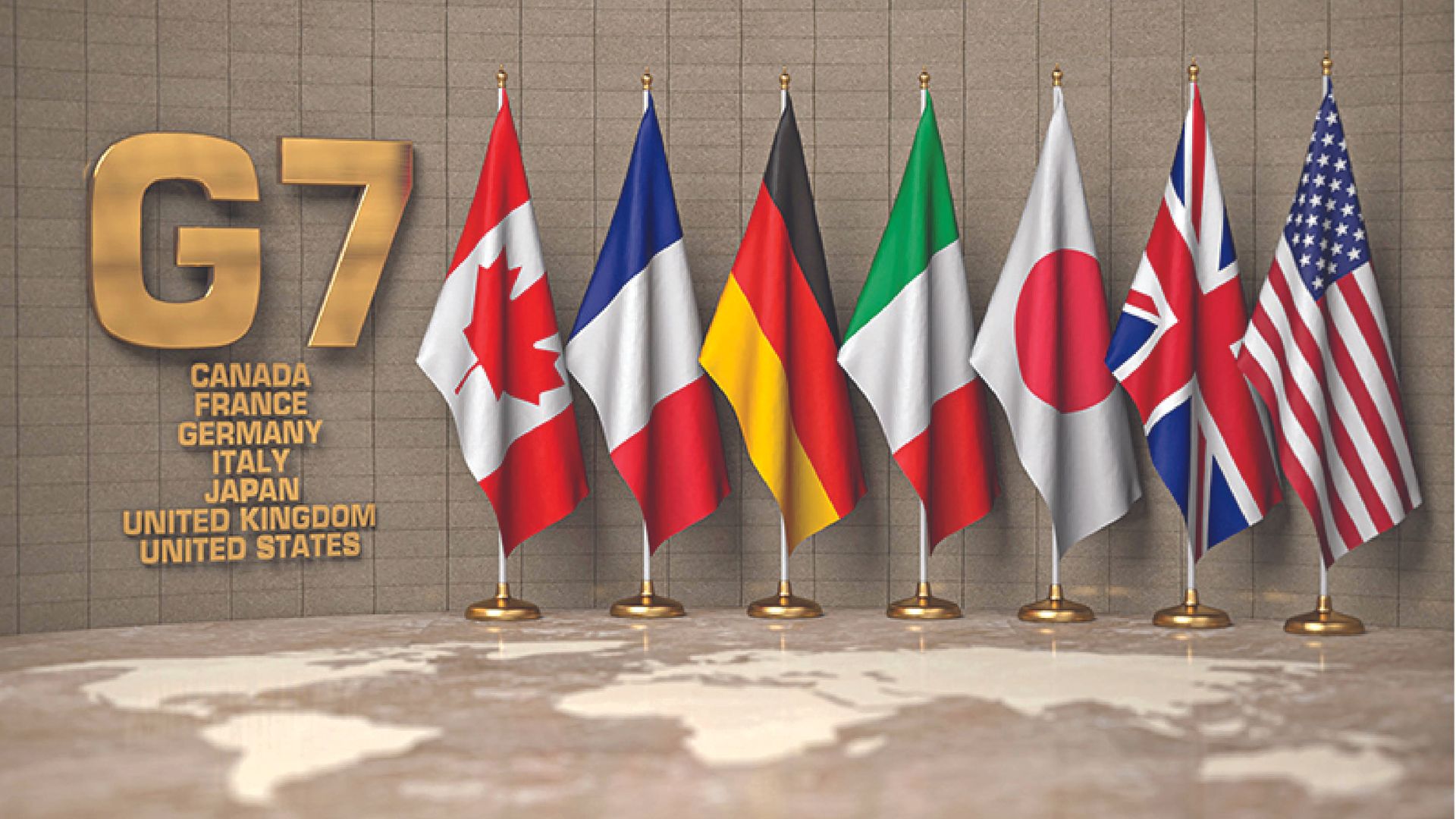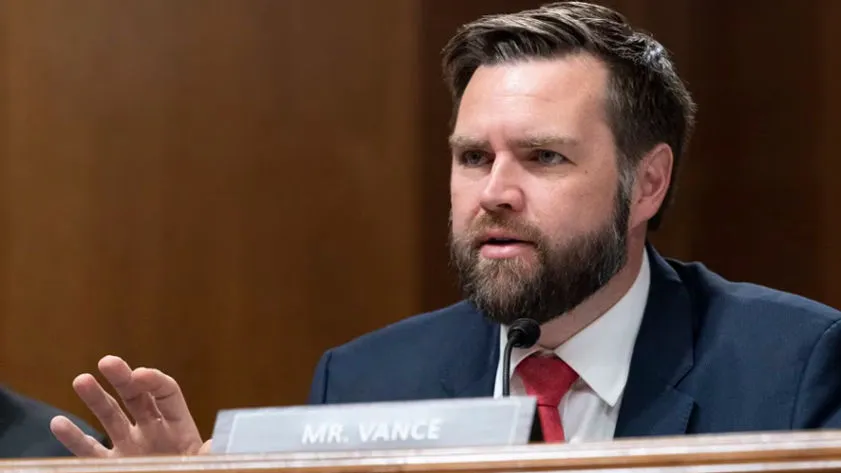Towards the middle of next month, the G 7 will be held at Fasano, a scenic Italian town overlooking the Adriatic Sea in the province of Brindisi in the southern part of that nation. Prime Minister Giorgia Meloni has already sent out an invitation to the person with whom her photograph at the climate change summit held in Dubai in December 2023 had created a social media buzz: Indian Prime Minister Narendra Modi. The results of the Parliamentary elections currently underway are not known as yet, but Ms Meloni has probably done her calculations based on feedback from the Italian embassy in New Delhi and estimated the chances of Mr Modi’s return as extremely high. India should welcome the invitation but there is no need for too much hype or excitement over it as there are very many guests at the G 7 table.
The G 7 no longer commands the kind of respect it once did. Three decades ago it commanded a major chunk of the world’s GDP share. Thereafter economic power has shifted to Asia and its contributions to the world’s GDP have fallen drastically, so much so that the BRICS nations have overtaken the G 7 share of global GDP in PPP terms. According to estimates made in January 2024 the BRICS now holds 32 percent of the world’s GDP compared to 30 percent held by G 7. As BRICS expands in the foreseeable future this divergence is going to only increase, especially if the G 7 remains static. For some time now, serious reflection has therefore been going on internally within the G 7 as to whether an expansion would lend it greater credibility and clout.
Last year after the G 20 show came to an end in September 2023, two months later, in November 2023 an important article titled ‘It’s Time for the G 9’ was published at the Carnegie Endowment for International Peace. Ronald A Klain, the author, has served as the White House Chief of Staff till the end of 2023. Mr Klain pointed out, inter-alia, that for the past fifty years for the United States the ‘core team’ has been the other G 7 members namely Canada, France, Germany, Italy, the UK and Japan. He argued in favour of including two other Asian countries namely South Korea and Australia within G 7 thereby converting it to G 9. The advantage of adding Australia, he pointed out, is that it would be adding a country with a GDP as large as South Korea’s but additionally vastly increase the G 7’s geographical coverage.
Another advantage of adding South Korea and Australia is that the group would then no longer remain so Eurocentric since there is currently only Japan, from Asia in the group. There is no doubt in anyone’s mind that power and affluence, relatively speaking, has been shifting to Asia.
Seeing the growing irrelevance of the G 7, another school of thought has suggested that the G 7 should transform itself into the D 10 by including South Korea, Australia and India. When the British Prime Minister Boris Johnson had pushed for a D 10, he was looking at addressing 5 G mobile communications and supply chains. Eric Brattberg and Ben Judah writing for Foreign Policy magazine in an article published in 2020 suggested it be revived with a far bigger agenda. The authors wrote as follows: Looking ahead, the D-10 also offers the United States the perfect platform to implement Biden’s foreign-policy agenda should he win—adding working groups on security, corruption, and human rights—and could grow into a grouping that either formally superseded or met in parallel with the G-7.
With respect, as on date, there are problems with both the proposals. The problem with a G 9 is that by not including any member of the global south, any impartial external observer looking at such a potential expansion with a dispassionate eye will see that it is simply more of the same. It is therefore in danger of being perceived as an elitist alliance by the rest of the world. Poor countries have also not forgotten how the West, even with its deep pockets only thought about its own self-interest during the COVID crisis. India, in contrast, was far more generous. Nearly fifteen million doses were gifted free of cost to as many as 98 countries around the world.
The idea of the D 10 seems somewhat anomalous given the apparent inability on the part of the US to handle pro-Palestine student protests across the country. Mr Biden’s recent remarks about xenophobia in Japan, India, China and Russia were also hastily formulated, inaccurate and certainly not indicative of a team-building approach. Lumping together Japan and India with whom the US has a completely different equation with Russia and China was brash and unwise. There is also the possibility, if not probability, of Donald Trump’s likely return at the end of the year and a consequent straining of traditional ties with European nations.
Perhaps the G 7 strategists need to think out-of-the-box and only invite India to be a member. This may of course annoy loyal partners such as Australia and South Korea but it will, on the other hand, visibly improve the G 7’s or rather G 8’s standing in the world. It will also immeasurably enhance Giorgia Meloni’s standing at home in Italy and in Europe were she to successfully lobby with the rest of the group for an invitation to be extended to India, and then for India to accept such an invitation.
It will be somewhat like what India accomplished when it invited the African Union to join the G 20. Not only the countries in the global south, but the world applauded India’s initiative. The G 20 – sorry, shouldn’t that be G 21 now? – summit will now be held Rio de Janeiro in Brazil a month or so after the G 7 has concluded.
(Rajesh Talwar, the author of forty books spanning multiple genres, has served the United Nations for over two decades across three continents. His most recent book is titled ‘Harvard, Oxford and Cambridge: The Past, Present and Future of Excellence in Education.’)

















